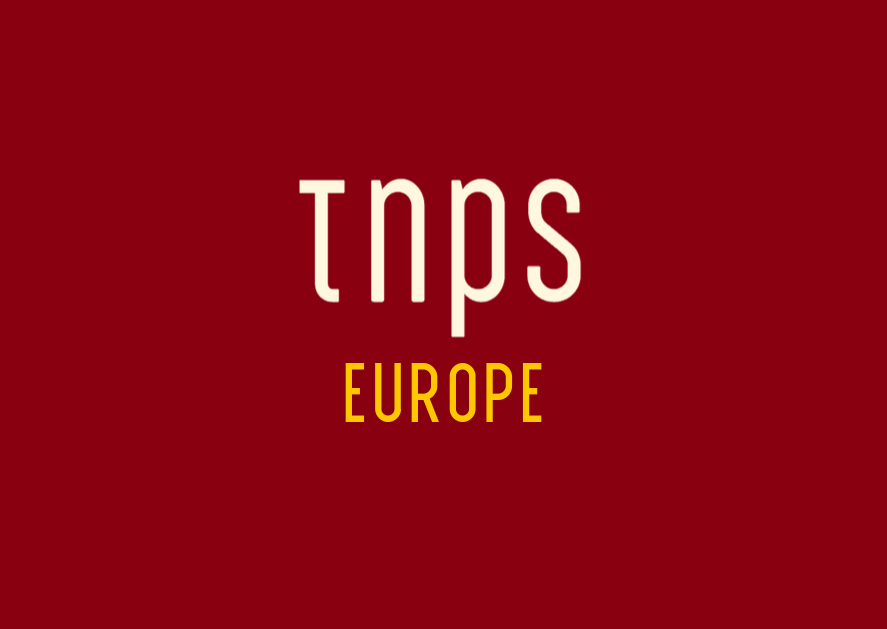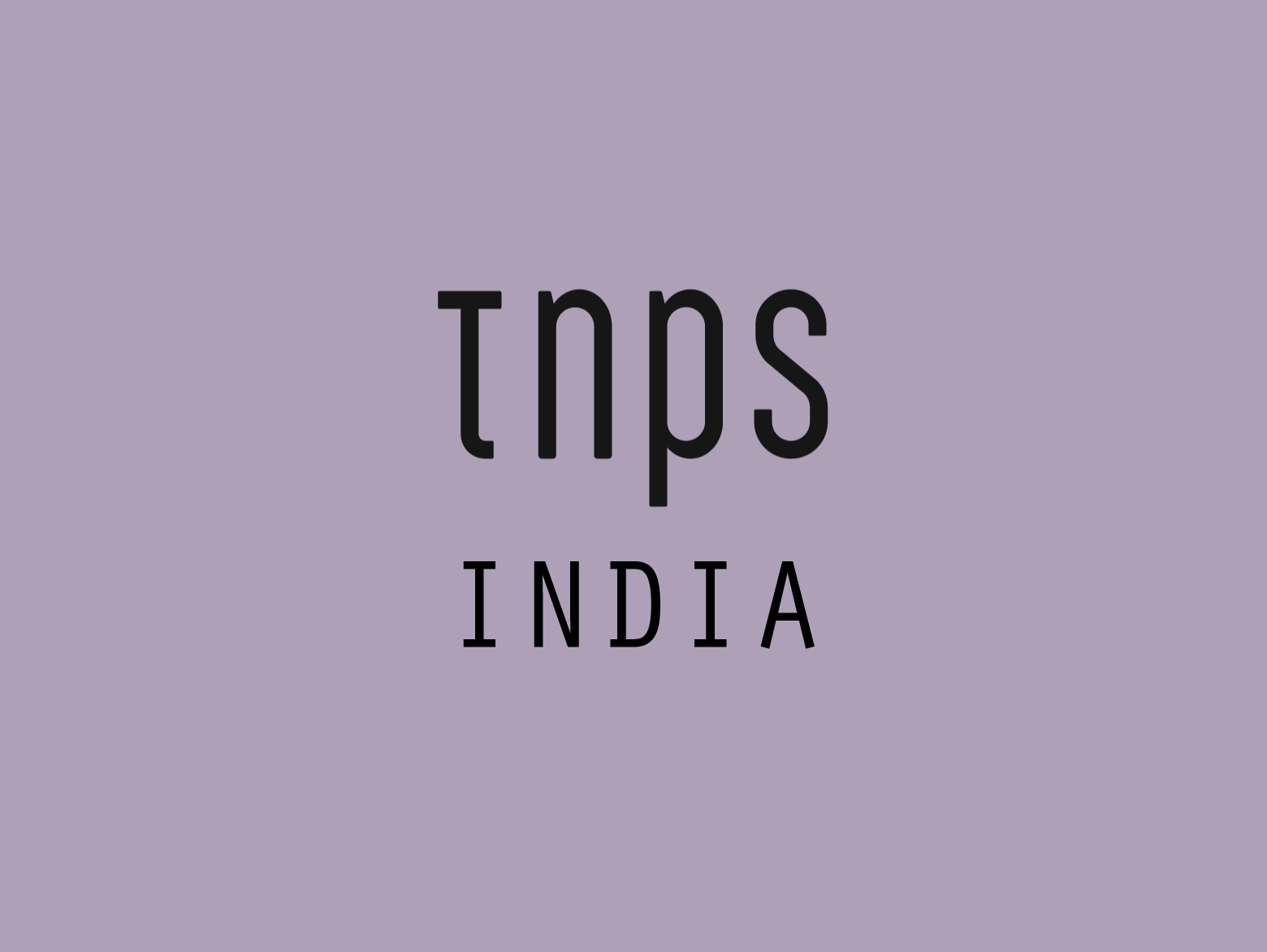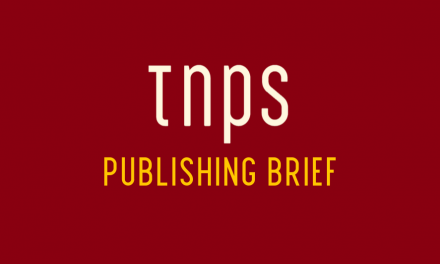It was November 2014 when Amazon last launched a new Kindle store, almost seven years to the day from when the Kindle first launched in the US.
Kindle Netherlands became the then latest in a seemingly unstoppable roll-out of Kindle stores across the globe and few could doubt that the Bezos doctrine of every book ever published in any language being available in the Kindle store was moving closer year by year.
Except, then it all ground to a halt.
Kindle NL was the last Kindle store launched by Amazon, and in November 2019 we’ll mark its fifth anniversary. Five full years without a new Kindle store.
Since then we’ve seen language support rolled out for five Indian languages (Gujarati, Hindi. Malayalam, Marathi and Tamil), then Arabic, and now Traditional Chinese.
That takes us to 41 languages supported by the Kindle device and by KDP (and by extension KEP).
Chinese ebooks published in China have been available in other Kindle stores for many years, but this is the first time the opportunity to publish in Chinese has been opened up to authors and publishers outside China.
But two caveats here. First, that KDP users won’t see their Chinese language ebooks available in China. That remains a closed shop, at least for KDP users..
And second, this is only for ebooks. Authors and publishers hoping to publish in print in these “new” Indian, Arabic and Chinese languages face disappointment. Since CreateSpace was absorbed into KDP the language options for print have been severely curtailed.
But let’s stick with ebooks.
In November 2007 Jeff Bezos said,
Our vision for Kindle is every book ever printed in any language, all available in less than 60 seconds.
A variation of that statement can still be found on the Amazon website today.
![]()
But the reality is that, with the absorption of CreateSpace into KDP this year Amazon has shut the door on a lot of languages, and the 41 languages that are supported by KDP are, on close inspection, less impressive than it sounds.
In fact of the 41 languages supported by KDP/KEP 32 of those are west European.
Not in any way to denigrate the importance of languages like Alsatian, Frisian, Eastern Frisian, Northern Frisian, Galician, Manx, Cornish, etc, but these are not the languages publishers look to when they think about the global book markets.
It begs the question why it is that Amazon can, or perhaps we should say is willing to, support Northern Frisian (10,000 speakers) or Cornish (3,000 speakers) but not, for example, Romanian (25 million), Polish (50 million), or Vietnamese or Korean (70 million each).
As an aside, while Amazon does not include Russian in the KDP/KEP supported languages, and tells us books uploaded in unsupported languages will be deleted, Russian titles appear in the Kindle store.
Amazon cites issues of quality control as the reason, but other ebook players have no problem with these languages. Russia, Poland, Romania and Korea all have vibrant ebook infrastructure, so we can safely say Amazon is entirely capable of surmounting any technical challenges involved.
Can we expect further language roll-outs and new Kindle stores from Amazon in the future?
While we can’t rule it out, it looks unlikely right now. The five Indian languages simply support an existing Kindle store in India. The same for the expanded Chinese support just announced.
For Arabic the situation is not dissimilar. Earlier this year Amazon AE launched in the United Arab Emirates, but only as a rebranding of Souq. There is no Amazon AE Kindle store – consumers looking for ebooks will be redirected to the Amazon US store, and printed books are only available through third-party sellers.
Fingers crossed that will change – there’s no denying the boost to digital books an Amazon Kindle store can bring to those countries chosen.
And on a lighter note, Amazon has recently began promoting Swedish-language audiobooks in Sweden, although there’s no suggestion an Audible SE or Kindle SE store is on the cards.
But let’s wind up this post with a closer look at the positives of the expanded Traditional Chinese language support outside China.
From the Amazon press release:
Amazon announced today that Kindle customers around the globe can now enjoy reading from a growing selection of more than 20,000 Traditional Chinese language Kindle books with the free Kindle app for iPhone, iPad, Android phones and tablets, and on Kindle devices. Starting today, readers will find a new selection of popular titles in the Kindle store including books from leading authors like Ni Kuang 倪匡, Qiong Yao 瓊瑤, Liu Cixin 劉慈欣 and Pai Hsien-Yung 白先勇, best-sellers like The World Between Us 我們與惡的距離 and You Are The Best 誰說一百分的妳,才是最好的自己, classics like Dream of the Red Chamber 紅樓夢 and Louis Cha Jing-yong Collections 金庸全集 as well as translated bestsellers like Dan Brown’s 丹布朗 Origin 起源, Keigo Higashino’s 東野圭吾 Masquerade Hotel 假面飯店, Hans Rosling’s 漢斯 羅斯林 Factfulness 真確 and George R. R. Martin’s 喬治馬丁 A Song of Ice and Fire Series 冰與火之歌系列. Customers can shop for Traditional Chinese language Kindle books on existing Amazon websites including www.amazon.com/TCBOOKS and www.amazon.ca/TCBOOKS.
And yes, that last line means these Traditional Chinese titles are, it seems, only available on two Kindle stores outside China.
Vice President of Books, David Naggar said,
Bringing Traditional Chinese language books to Kindle is a step forward on our journey to provide more choice and selection to readers around the world. Our launch today makes 20,000 titles instantly available to the tens of millions of Traditional Chinese readers.
We are thrilled to offer our leading book selection to Kindle customers around the world,” said Fei-Peng Ho, CEO of Cite Publishing Group and a best-selling author himself. “We’ve already seen great interest from our finest authors, writers, and scholars, to offer their Traditional Chinese titles on Kindle.
That includes self-publishers.
The support of Traditional Chinese language books on Kindle also creates new opportunities for authors, who can now self-publish their books in Traditional Chinese with Kindle Direct Publishing. This means authors can easily upload their eBooks and reach millions of readers around the world.
No question it’s a step in the right direction.
But almost twelve years after Jeff Bezos spelled out his Kindle vision in 2007, the goal, still clearly stated on the Amazon website, “to have every book, ever published, in any language available for Kindle customers to purchase and begin reading in less than 60 seconds,” that vision still has a long way to go to being anywhere near fulfilled.




